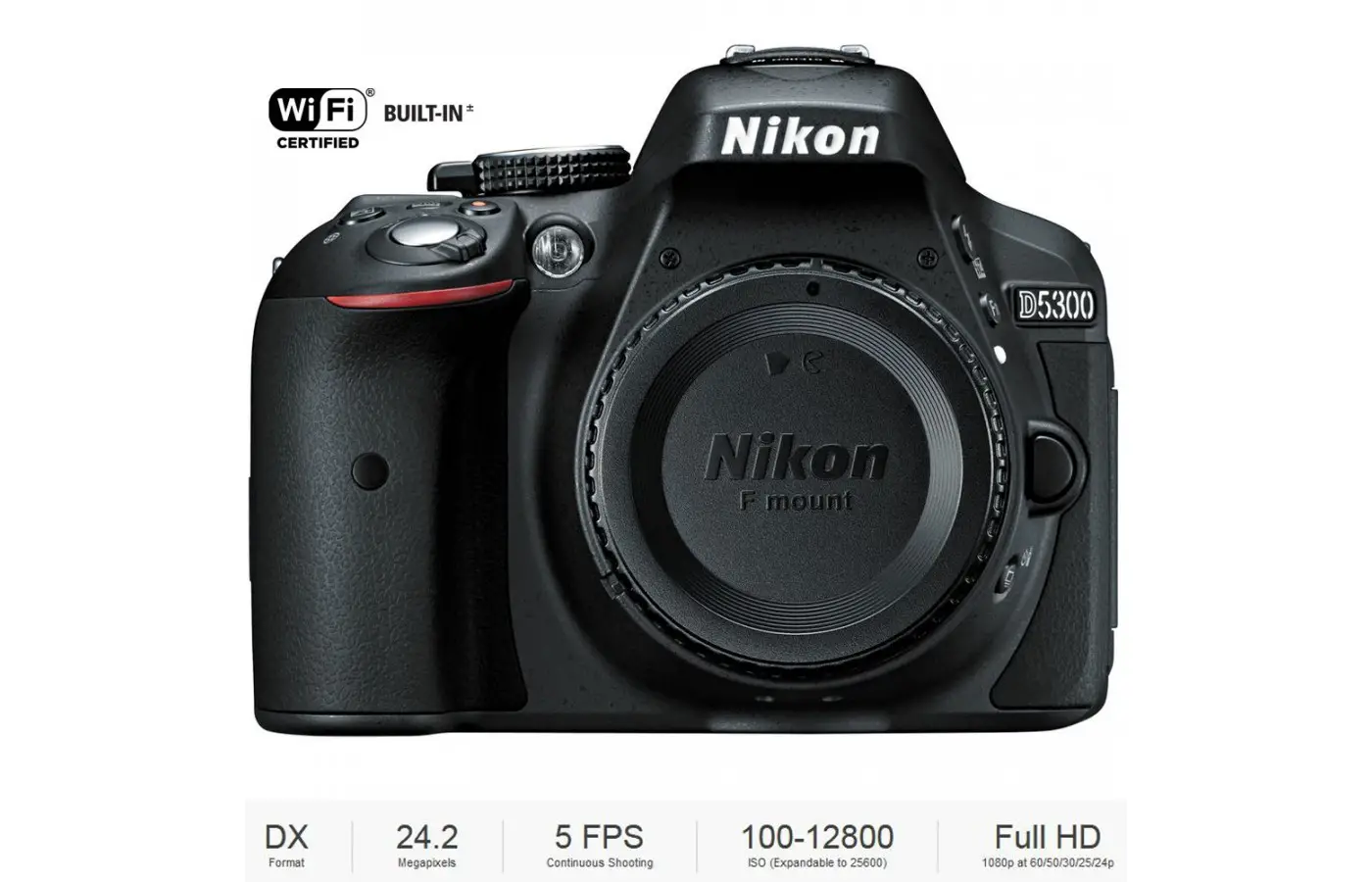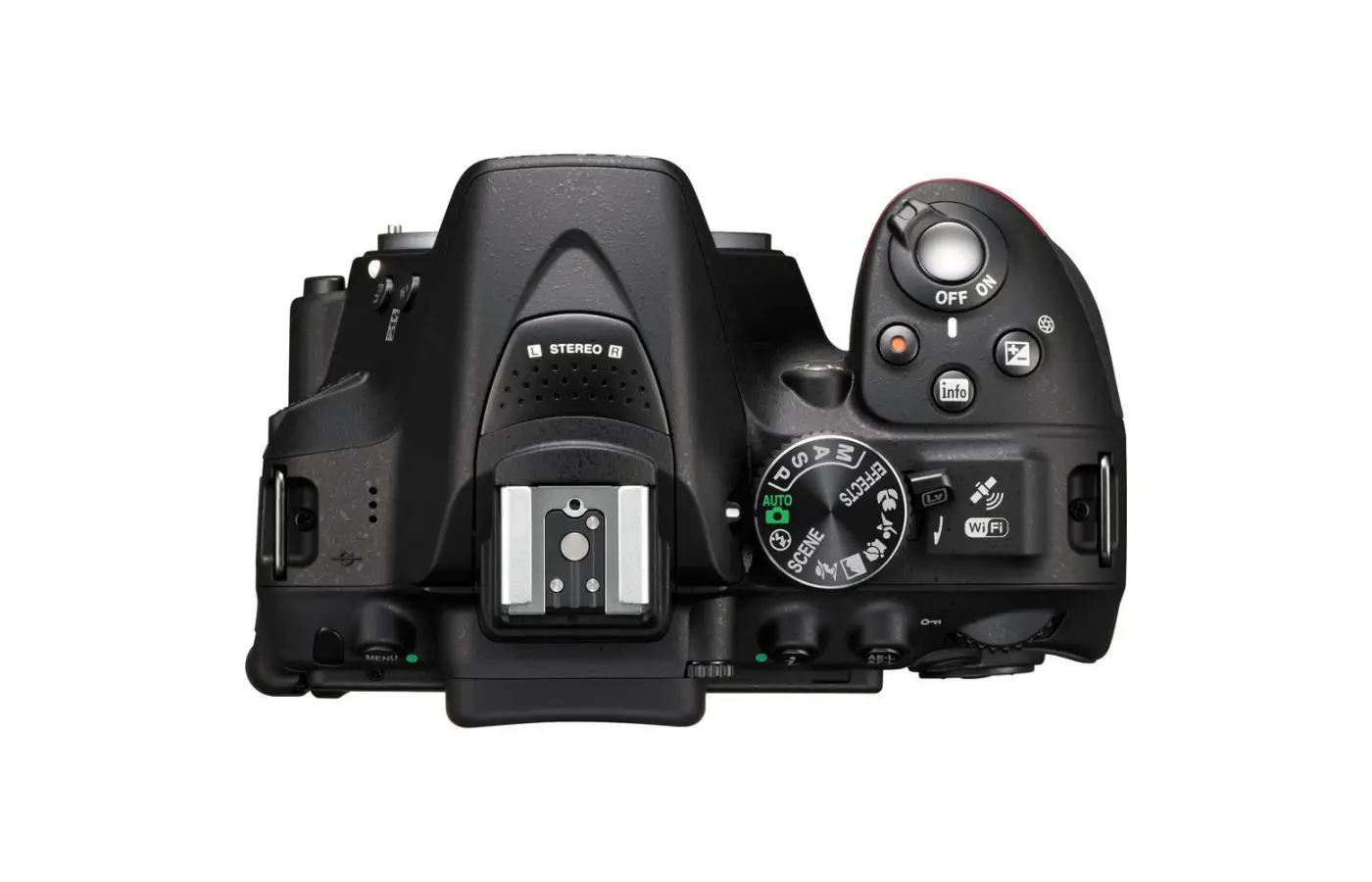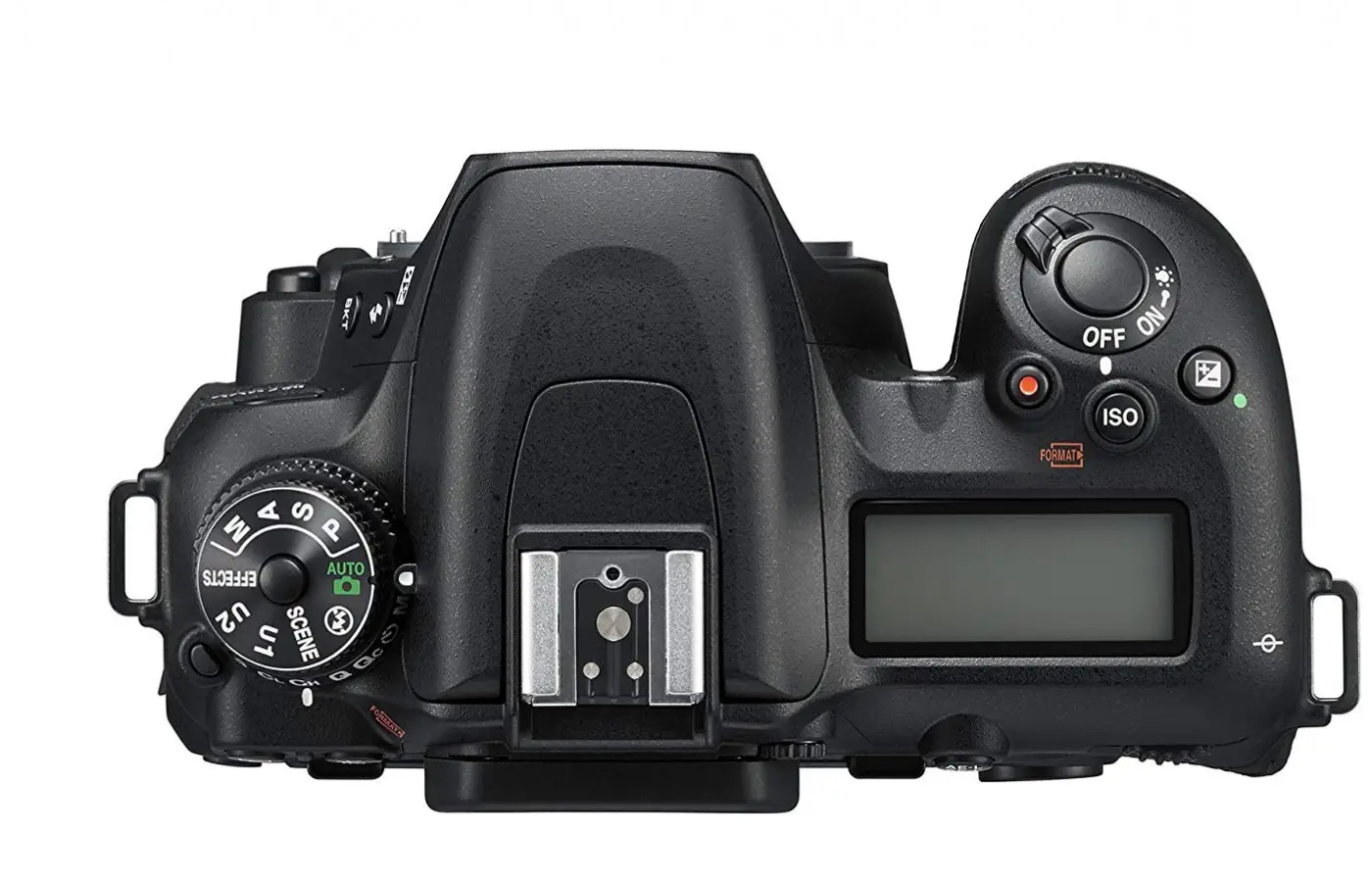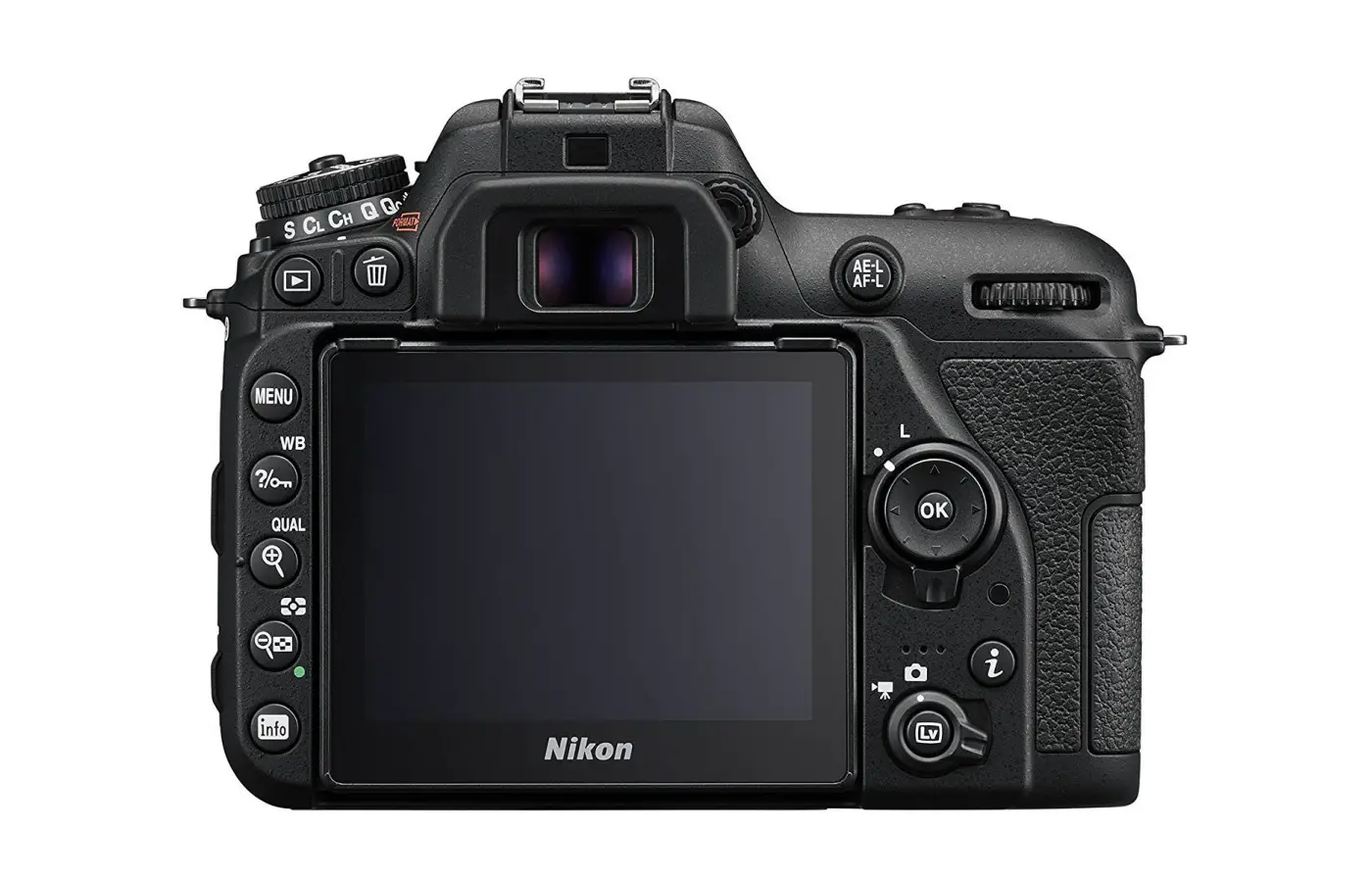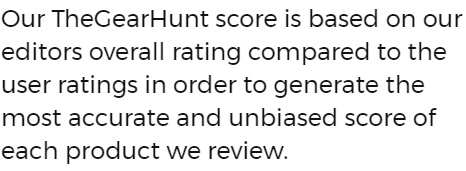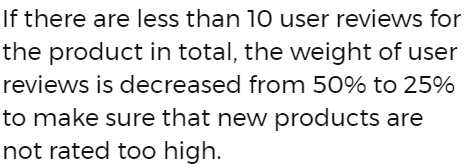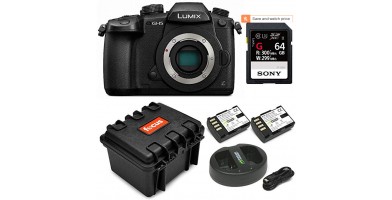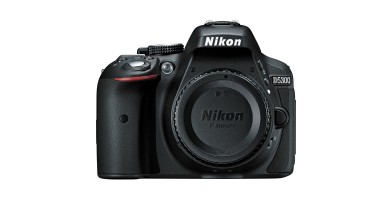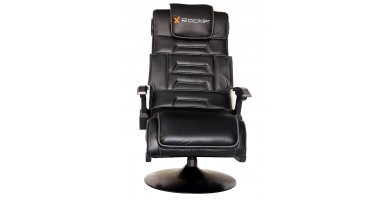Nikon D7500
The Nikon D7500 borrows many features from the APS-C flagship D500. It has the approximate 21MP sensor, high-resolution metering sensor, and in all likelihood its image processors. The camera is more or less a mini D500. Both are built for speed. The Nikon D7500 is a combination of ultra high-speed internals of the D500 and the more practical body of the D7200. It shares the processor, light meter, and image sensor of Nikon’s top-of-the-line D500.
The camera keeps the AF system, mode dial, and body of the D7200. It adds a flipping touch LCD, 4K video, and Bluetooth. Nikon claims the D7500 has expanded ISO 50 of approximately 1,638,400 range and a bumps frame rate of eight feet per second. It is an increase from the D7200 six feet per second. The superior mode dial of the D7200 with its two programmable presets, necessary for real-world photography, has been retained. The price is slightly more than the D7200. Auto exposure of the D7500 is better than the D500. The programmable preset modes on the top dial can be set for instant recall settings for landscapes or people photos.
- 1080p electronic video stabilization (none at 4K)
- Excellent built-in flash lacking from the D500
- Great facial recognition with excellent autofocus system
- Microphone and headphone jacks
- State-of-the-art speed and image performance
- Very reasonably priced
- Auto 0 missing for Auto White Balance
- No GPS
- No second card slot
Accessories
The full bundle also offers a wireless shutter release remote control, a 12-inch rubberized spider tripod, a set of 58mm UV, CPL and ND8 Deluxe Filter Kit and carrying case. If that weren’t enough, the bundle contains a Deluxe Digital SLR bag, 64GB SDXC memory card, and a Macro Telephoto Lens with Sigma 70-300mm SLD DG specifications.
Design
The D7500 and D500 handle similarly. Telling them apart may require looking at the label on the camera bottom. Welcomed improvements include beefed-up sealing, deeper grip, and a tilting touchscreen. Along with the gains, there have been some losses. When the D500 became Nikon’s top dog, the company had to differentiate the D7200 and the D7500.
The D7500 lost its ‘Ai’ indexing tab and a second memory card slot which limits the capability with Nikon’s older manual focus lenses. Nikon does not plan to launch electric contacts for the body or vertical grips for the camera.
Connectivity
The power switch is a shutter lock. Reviewers say they turn it off only when putting it in a case or wrapping it in a towel to prevent accidental shutter releases. Unfortunately, the Live View button has been placed near the bottom where it can get knocked. Using the Live View unintentionally runs down the battery.
Performance
It usually focuses on and recognizes faces, even if other distractions are in the image. Focus can be set in three ways - by looking at the ground glass, looking in the viewfinder lower left for an electronic focus aid, or using Live View where the image can be magnified at the same time. Decades before DSLRs, Nikon invented excellent automatic fill flash performance. The cameras excel at it. The built-in flash works well. Without the built-in flash, at the top left, the lamp would be black. Photos would be much more boring. As with most DSLRs, the D7500 has excellent ISO performance. Nikon has made a laughably ludicrous claim of ISOs above 51,200. At that point, the photos are horrible. Up to ISO 25,600, pictures excellent.
Colors, shadows, and highlights match well across an ISO spectrum. Performance at ISO 51,200 and above gets worse. The color begins to shift to yellow, and images are useless from ISO 102,400 and up. ISO 1,638,400 is a false marketing claim. The ISO 1,638,400 is unnecessary. An ISO 25,600 is all the ISO performance needed. What the D7500 does have is significantly better than the competition. The Auto White Balance is as good as it gets in DSLRs.
It is typically quite good when the lighting is awful. The camera is less likely to entirely correct as light becomes darker. In bright, mixed indoor light, things such as pink lighting in a restaurant are corrected. As the light grows dimmer, correction is not as likely. The D7500 does not have the AUTO 0 option of the D500 and other quality FX cameras that entirely correct warm lighting. Lateral color fringes are always corrected. Menu options for distortion and falloff are available. For a DSLR, the D7500 is quiet compared to any pro DSLR. Quiet modes are relatively quiet, but not by much. They are not but slower, either when making typical shots.
Image Quality
The finder optics and images are sharp everywhere. The data is white and has an orange flash bolt. The tradeoff for crazy ISOs and faster speed is slightly less resolution. The resolution of the D7500 is nearly 21MP compared to the 24MP of the majority of DX Nikons. The difference is insignificant, but the added speed, high ISO, and frames per second help make more and better shots. To set autofocus modes, press to the unmarked button near the lens mount bottom while turning the dials at the front and rear, and look through the viewfinder.
The user selects among the AFS, AFC, and AFA modes using the rear dial.as the AF mode button is held. The lens presses the same AF button as the front dials select the AF. Area modes AFS means single focus and lock. AFC denotes continuous tracking. In AFA mode, the D7500 selects between the others automatically based on whether or not the subject is moving. By leaving the D7500 in AFA, the camera does all the focus work. The new metering sensor means better 3D tracking. It is an excellent camera for fast action photographers.
AFS is used for shooting only things that remain still. AFC is used to shoot things such as sports or if the user plans to change a still subject framing after the AF system locks. Setting the AF areas to use. It can find faces also, AUTO track a moving subject over the viewfinder if set to AFC. Most people can ignore all other settings for AF area mode. The extra modes are added to sell more cameras. They do not have to be used. The modes are there because people like them. Advanced modes are set on the dial at the top left. When shooting in the Quiet Continuous mode, the camera runs at three feet per second and is very quiet. Regular modes are needed only for speed. Those who own a D7000 series camera have no reason to update unless there is something particular about the D7500 a user’s needs.
Features
People who don’t change settings don’t need the D7000. It is significantly heavier and more expensive than the two series mentioned above. The primary reason to get a camera like the D7500 is to enjoy a larger viewfinder or narrow the depth-of-field. The images are the same as that from DX.
Ergonomics
They set one for people and the other for things and places. One click sets up either mode. Users have to stop and adjust a lot of settings when re-optimizing other Nikons. An area in need of improvement is the Live View button. It is too close to the camera bottom. It frequently gets knocked and turns Live View on in the camera. Battery life is shortened. Program exposure is shifted only by the rear dial. There are some hard to see icons such as FLICKER that appear along the clear image area bottom.
Similar to other DSLR finders, block LCD boxes indicate the AF areas. In the dark, they might be edge-lit in red. Overall, they obscure the subject. Usually, they disappear after they have locked focus, depending on how the D7500 is set. The D5 pro camera finder is the only one significantly better. The AF areas are LEDs that always light red and do not obscure the subject.
Key Features
* 3.2-inch tilting touchscreen LCD
* 8 feet per second burst for 50 Raws or 100+ JPEGs
* 24MP changed to approximately 21MP
* 51-point phase detect AF
* 180k-pixel for subject recognition and metering
* Bluetooth and Wi-Fi
* EN-ELS 15a battery that is compatible with EN-EL15
* Flipping LCD
* Group-area AF
* Increase from 6 to 8 FPS
* ISO modes pushed to +5 stops
* Old manual-focus lens no longer metered
* Supposed increase from ISO 25,600 to ISO 51,200
* Touch LCD
Bottom Line
If shooting things that move like kids, wildlife, birds, or sports, there are advantages to having a D7500. Use a Nikon lens. Full-frame lenses come at a premium in weight, size, and dollars because they cover a full-frame sensor that has over twice the area. DX lenses are less expensive, lighter, and smaller. They typically work better. Choices are based on how much the users want to carry and how far out they want to zoom. The D7500 has an impressive two feet per second bump over its predecessor.
It is now shooting eight feet per second for 100+ JPEGs. That is an increase of three times the buffer of a D7200. It is not as fast as the ten feet per second of the D500 but has the firepower that serious photographers and enthusiasts like.





